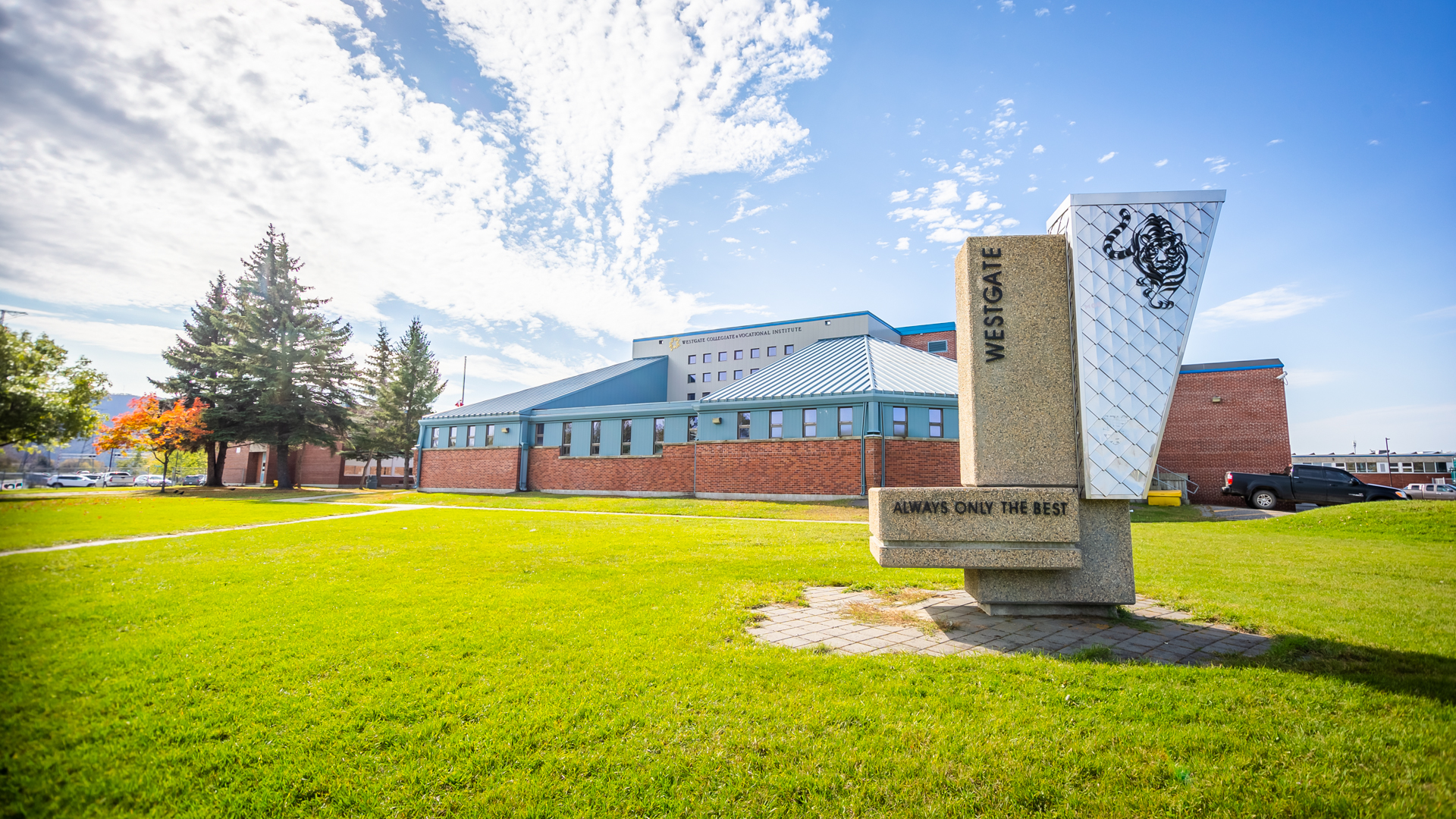Our community’s largest growing population is the Aboriginal Community. According to the report “Ontario’s New Approach to Aboriginal Affairs” (2005), Aboriginal youth is the fastest-growing segment of the Canadian population. In Ontario, more than 50 per cent of the Aboriginal population (on- and off reserve) is under the age of 27. With this realization, Aboriginal and Ontario leaders are committing resources to improve education outcomes for Aboriginal children and youth. Factors that can contribute to Aboriginal student success are teaching strategies tailored to Aboriginal learner needs, curriculum with an Aboriginal perspective, sound counselling and support services, a school environment that will make everyone feel welcome, parental engagement and an understanding of Aboriginal cultures, histories and perspectives which will allow sensitivity to specific Aboriginal education needs.
Lakehead Public Schools is committed to improving and supporting Aboriginal student success by focusing on three priorities:
- Quality Instruction and Assessment
- School Climate and
- Parental Engagement
The handbook entitled “Aboriginal Presence in Our Schools: A Guide for Staff” hopes to contribute to achieving these priorities by providing background information to staff and administrators on Aboriginal heritage and traditions, cultural teachings, celebrations, treaties, terminology, best practices and community linkages to Aboriginal community agencies. This knowledge will create an Aboriginal cultural awareness in Lakehead Public Schools that will assist in delivering quality education, build a supportive school climate, meet the specific education needs for Aboriginal students and nurture relationships between Lakehead Public Schools’ staff/administrators and Aboriginal parents/guardians and families.
Initiatives are ongoing to develop innovative models and strategies to support Aboriginal student achievement by meeting the needs of First Nation, Métis and Inuit students living in Thunder Bay, along with their Aboriginal families and communities. Click HERE for more information.
Courses offered in the Native Studies and Native Languages curriculum are open to all students.
These courses have the flexibility to be used in a variety of ways to meet diploma requirements. More information is available from your Student Services counsellors.
Native Studies
Native studies provides students in Ontario schools with a broad range of knowledge related to Aboriginal peoples to help them better understand Aboriginal issues of public interest discussed at the local, regional, and national levels. Students will develop the skills necessary to discuss issues and participate in public affairs. Through their involvement in Native studies, they will increase their awareness and understanding of the histories, cultures, world views, and contributions of Aboriginal peoples in Canada. The program will also provide students with opportunities to enhance the problem-solving and critical-thinking skills that they will require in post-secondary education, the world of work, and their roles as active citizens.
Native Languages
The Native languages program is not intended to make students fully bilingual; rather, the program offers students the opportunity to develop a functional command of a Native language, which can be expanded through further study or through contact with other speakers of the language. All courses in the Native languages program cover oral communication, reading, and writing; vocabulary, language conventions, and grammar; and use of information technology. Students also become familiar with the writing and sound systems of the language under study, and develop an appreciation of Native language and culture. All courses in the Native languages program provide an opportunity for students to enhance their sense of cultural identity and self-worth.
